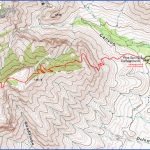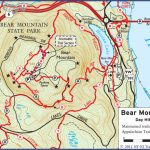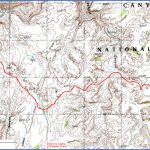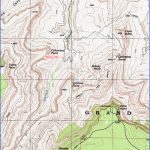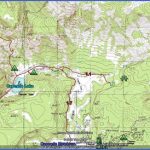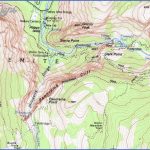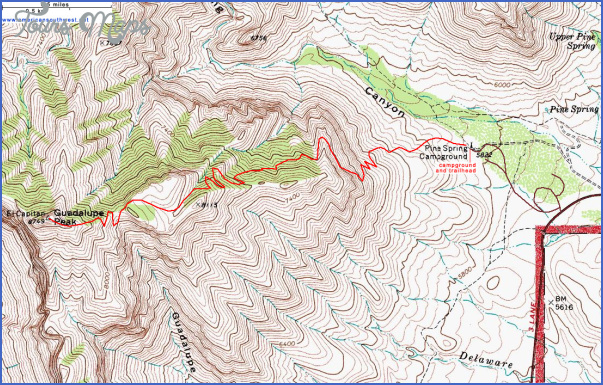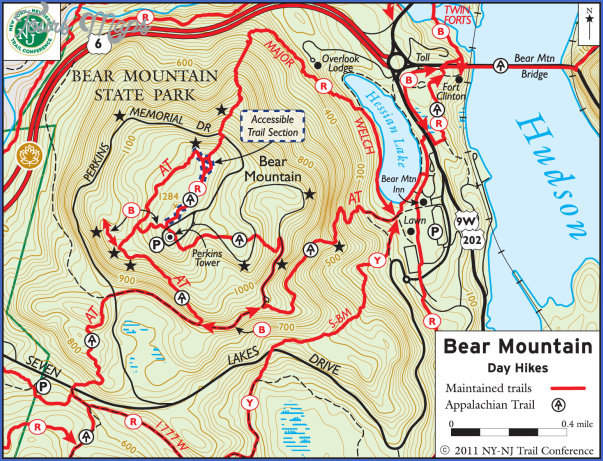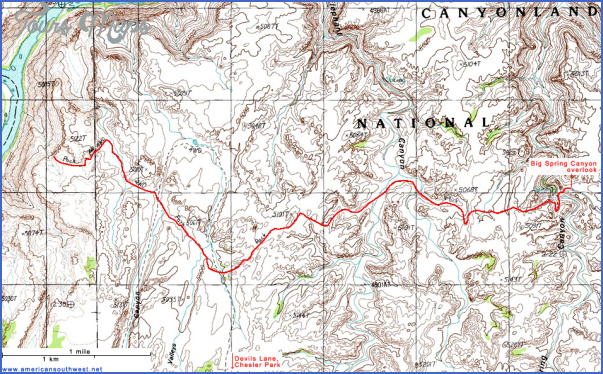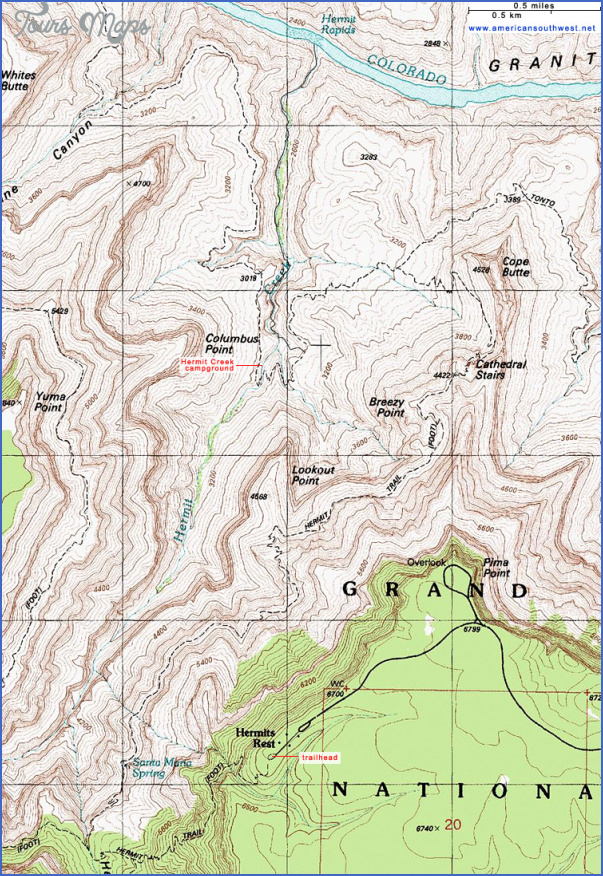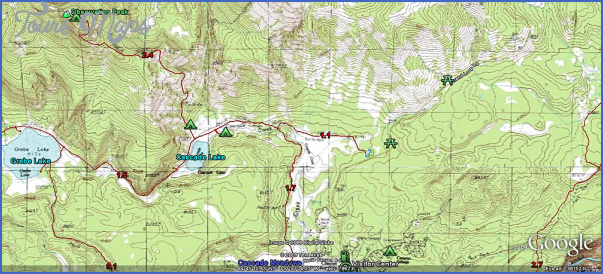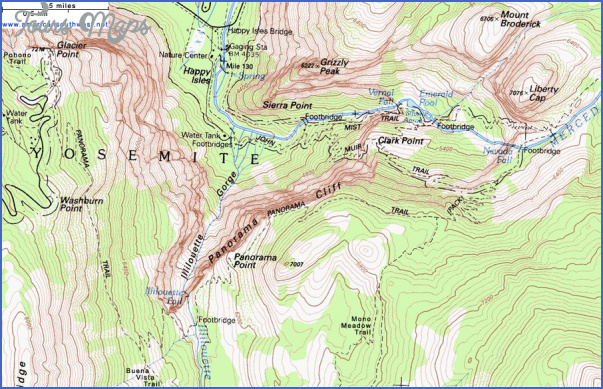NAISMITH’S RULE
If you’re huddled round a roaring log fire, sampling the local brew in a quiet hikers’ pub, and you drop the phrase ‘Naismith’s Rule’ into the conversation, you will instantly command the attention of any hiking aficionados who happen to be listening. But before you do, it’s best to understand what it is you’re talking about.
Hiking Topo Maps Photo Gallery
In its simplest form, the problem with maps is that they are two-dimensional. Lay them on a table and the only ridges to be seen are the creases where they fold. Contour lines may show peaks and valleys, but when you measure the distance from A to B all you have is the distance on a flat surface. No hike is as flat as a pub tabletop (with a couple of beer mats under the wobbly leg).
Guessing how long it will take you to travel the distance isn’t easy. A three-mile walk along a Norfolk lane may only take you an hour. A three-mile climb up a 2,500-foot Scottish hillside will probably take a lot longer than that, particularly if the contour lines are ominously close together.
Ergo this chap, William Naismith, came up with his own proposal, suggesting that:
a) You should allow one hour for every three miles measured on the map.
b) You should add an extra half-hour for every 1,000 feet climbed.
So by Naismith’s Rule, the three-mile, 2,500-foot climb would take one hour and 15 minutes longer to complete than the three-mile Norfolk lane walk. Quietly mentioning that Naismith knew all about Scottish inclines because he was one of the 1889 founders of the Scottish Mountaineering Club will further establish your credentials.
Maybe You Like Them Too
- Top 10 Islands You Can Buy
- Top 10 Underrated Asian Cities 2023
- Top 10 Reasons Upsizing Will Be a Huge Travel Trend
- Top 10 Scuba Diving Destinations
- World’s 10 Best Places To Visit

